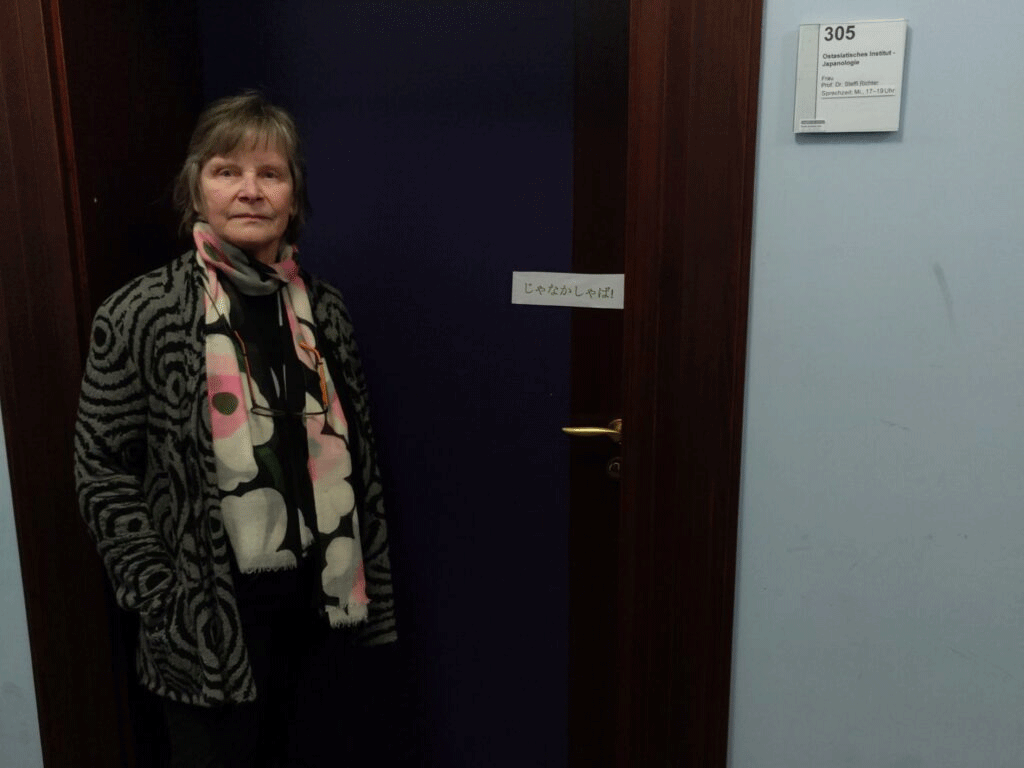
Making the invisible visible (and vice versa) in the “atomic situation
- 13 September 2022
- 6.00pm - 7.00pm
- Daiwa Anglo-Japanese Foundation, 13/14 Cornwall Terrace, Outer Circle, London NW1 4QP
- https://dajf.org.uk/event/making-the-invisible-visible-and-vice-versa-in-the-atomic-situation
- 020 7486 4348
- events@dajf.org.uk
- Tweet
When the Maruki Gallery opened in 1967, it was initially home to the murals known as the Hiroshima Panels (Genbaku no Zu), painted by the artists Maruki Iri and Maruki Toshi. They created 15 works in total between 1950 and 1982, of which the first seven directly depicted the victims of the atomic bomb dropped on Hiroshima. These first began touring in Japan itself, when it was still under US censorship, showing millions of visitors for the first time the human suffering caused by the bombs. During their travels to numerous countries around the world, which began in 1953, the Marukis not only became important activists in the international peace and anti-nuclear war movements – they also expanded and refined their own victim-perpetrator perceptions as they encountered people from Japan’s former colonies and enemies – as demonstrated by the many works they created alongside the Atomic Bomb series from the 1970s onward.
In this talk, Professor Steffi Richter from the University of Leipzig will look at the gallery as a place of communication about the “atomic situation” and Hiroshima as not (simply) a city, but a “state of the world” (Günther Anders).
About the contributors
Professor Steffi Richter studied Philosophy at the Lomonossov Moscow State University, completed her doctorate at Humboldt University in Berlin, her habilitation at Ludwig Maximilian University in Munich (on the history of ideas in modern Japan) and was previously an Assistant Professor at Tokyo University. Her research focusses on intellectuals and their critiques in modern societies; consumption and identities; and historical revisionism in East Asia. Since March 2011 she has also researched nuclear energy and the post-1945 “atomic situation”, as well as protest movements in Japan and beyond.
